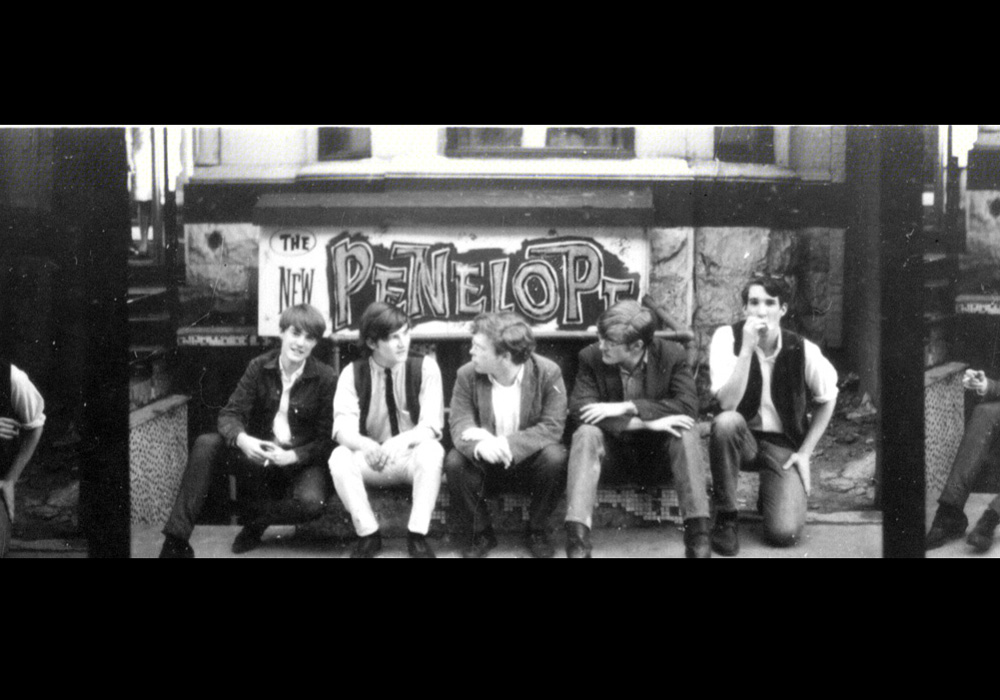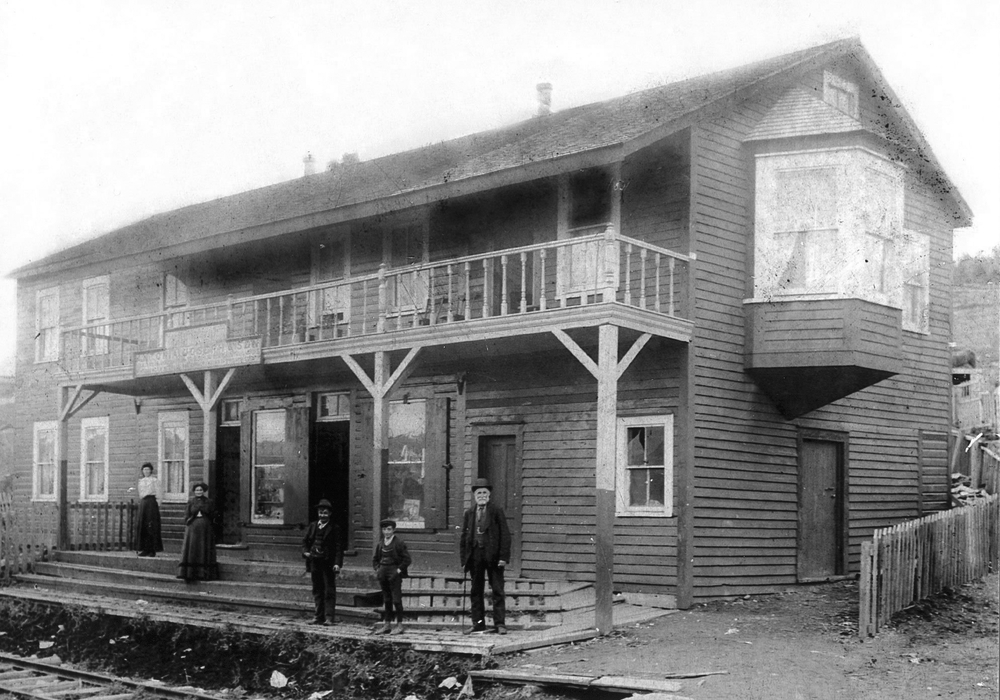
This Community Memories Exhibit tells the story of courageous pioneers who survived the challenge of inhospitable terrain to establish a small settlement that is now a quiet, rural town in southern Ontario 50 miles northeast of Toronto.
For hundreds of years the Mississauga Ojibway had called the dense forests and swamps bordering the north slope of the Oak Ridge moraine home, but early European settlers were discouraged by the marshy terrain. In the 1830s, braver pioneers began to move in to the geographical centre of what was then Reach Township, discovering that the fine, sandy loam deposited by ice age glaciers was excellent soil for farming.
At first the settlers named their village .Gimlet Town. and then .Smith Corners.. Later, at one of the first community meetings, townfolk changed the name to Greenbank in tribute to the English home of David Cragg, one of the founding fathers of the village. Other families who first built farms and cabins along the 10th Concession Road of Reach Township included the Beares, the Iansons and the Blairs.
The exhibit explores Greenbank.s history over 125 years from 1835 to 1960, highlighting the questions of why the four founding families decided to settle the district, how they survived the challenges of their agricultural subsistence and how their lives reflected similar struggles faced by settlers across Ontario. The Scugog Shores Museum uses artifacts, hand-written documents including the diary of Mr. Cragg, photographs and personal memories of the community, all found in the three buildings from Greenbank in the Museum Village, to document the emergence of this quiet rural community north of the booming port town of Port Perry and the prosperous grain centre of Prince Albert.

